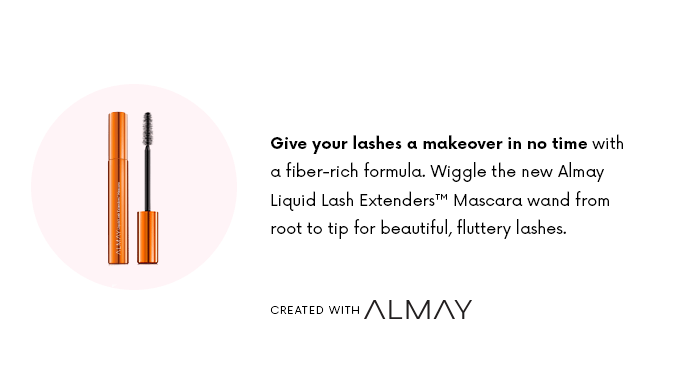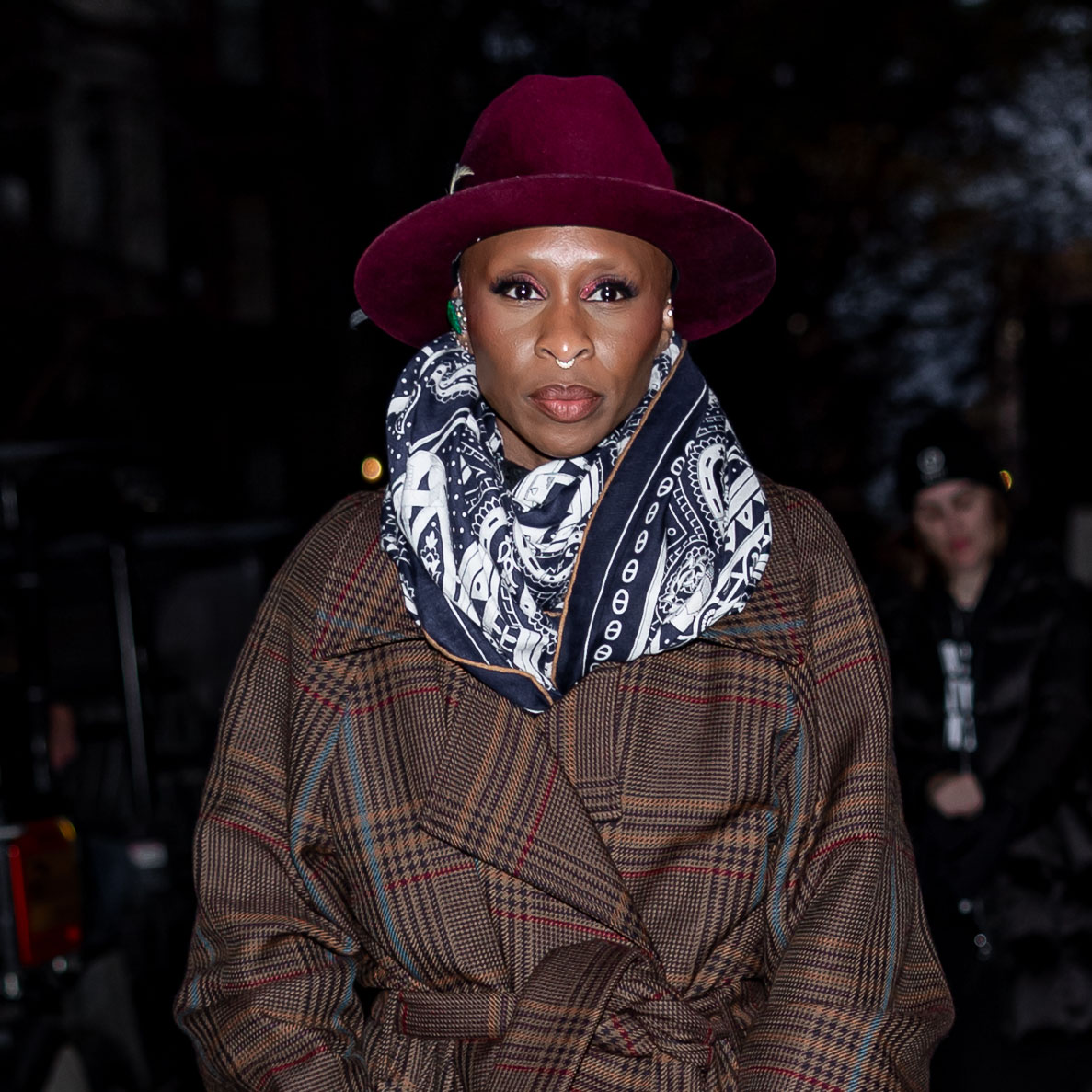This Technique Can Help You Meditate in Less Than a Minute


While most of us can probably agree that meditating regularly is a great idea in theory, actually putting it into practice might seem like too much of a commitment—especially if you're not particularly inclined to sit still with your eyes closed for minutes at a time. (I can relate.)
But in truth, meditation can be whatever you want it to be—even if you only have seconds to spare. "Just take one 'aware' breath," says mindfulness expert Amanda Gilbert. "Try it right now: With your full attention breathe in and breathe out. That’s it—you just meditated."
This mic-drop moment might prove especially useful during those crazy-chaotic days when you feel like you can't catch your breath, much less your thoughts. Because if you can find just one minute, says Gilbert, that's more than enough time to give yourself a full mental reboot.
Below, she shares a seconds-long technique that will allow you to find instant clarity no matter how much your mind is racing.
The "STOP" Technique
"STOP is a mindfulness practice that literally helps you pause, take in what is happening, and then act with much more mindfulness," says Gilbert. "Think of it as an immediate mindfulness intervention to help redirect how you are going to respond."
It's an acronym, and it's simple:
- Stop what you're doing.
- Take a breath and pause.
- Observe what is happening internally within your body and mind, and externally around you. "This is the step where you can see the impact of the situation at hand in your body and mind," says Gilbert.
- Proceed from there with the right choice, decision, and action coming from this mindful pause.
Try it out the next time you're feeling overwhelmed or just need a quick mental reboot.
Next up: A neurologist says that this is the best workout for alleviating anxiety.

This article is provided for informational purposes only and is not intended to be used in the place of advice of your physician or other medical professionals. You should always consult with your doctor or healthcare provider first with any health-related questions.


